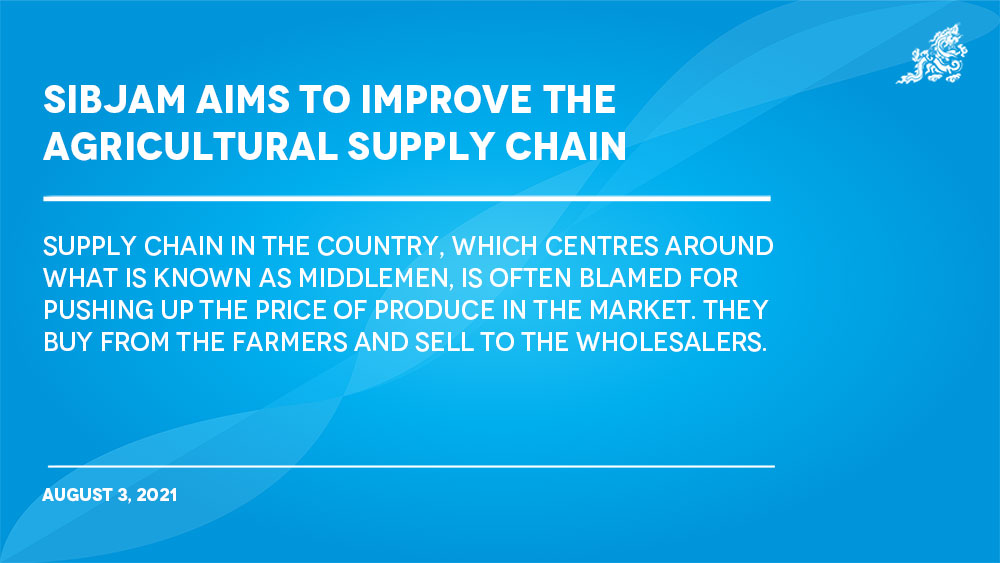Chhimi Dema
Supply chain in the country, which centres around what is known as middlemen, is often blamed for pushing up the price of produce in the market. They buy from the farmers and sell to the wholesalers.
Sibjam, a digital platform, that will connect farmers to the market aims to eliminate the role of a middleman and give the middleman’s cut to the farmers.
Sibjam’s founder, Kinley Wangchuk, said that the platform would ensure effective linkages between farmers and consumers and also collect data on farm produce, harvest and the expected price of produce.
“Sibjam ensures that farmers earn good price from their crops and do what they are good at–producing agricultural produces,” Kinley Wangchuk said.
Sibjam would cover marketing, transportation and delivery aspects, he said. “For now, we have the middleman connecting the farmers and wholesalers, Sibjam will eliminate the middleman, and we will become the retailers allowing the farmers to keep the middleman’s earning.”
Sibjam aims to encourage farmers to grow crops that both local and international demand.
Kinley Wangchuk said: “We are here because we want to contribute to the food security of Bhutan.”
The platform will be launched in September this year.
Today the platform has a website and is reaching out to farmers and consumers.
The platform was funded by Loden Foundation, sponsored by Bhutan Foundation with support from the US Aid.
While many feel that farmers can produce and directly link with the retailers, there are questions of efficient marketing, according to the Department of Agricultural Marketing and Cooperatives (DAMC)’s director, Kinlay Tshering.
Kinlay Tshering said that wholesalers were important in the supply chain of agricultural produce.
“Many people say farmers can produce and directly link with the retailers and sell to the consumers. But if we professionalise the supply chain, wholesalers are important as retailers because they do business in bulk,” she said.
Linking producers to retailers sometimes is not efficient because of many producers; many producers can link with wholesalers and they can distribute to retailers, Kinlay Tshering said.
There is a need for advocacy on profit margin or what the middleman can keep, and research needs to be done on this issue, she said.
DAMC is working towards connecting producers to consumers. So far, about 400 schools have been linked to the farmers. Moreover, the department intervened to connect the onion farmers of Dagana with wholesalers in Thimphu.
“Efforts have been given [to improve the supply chain] and we will continue,” Kinlay Tshering said, adding that wherever possible linkages between producers and retailers are established.
In the Bhutanese context, the input cost is heavy and the commercialisation of farming is limited, she said. “We are trying to get the maximum out of the minimum and that way farm gate price is not comparable to the imported produces.”
Logistics aspect of marketing adds up to the price of farm produces.
Edited by Jigme Wangchuk


